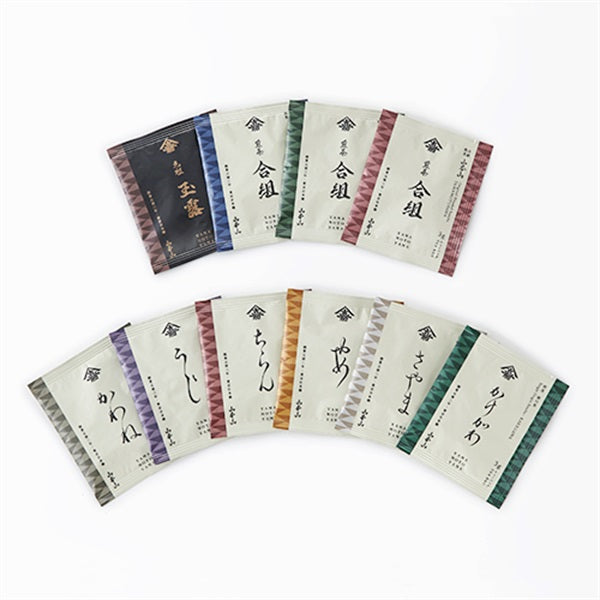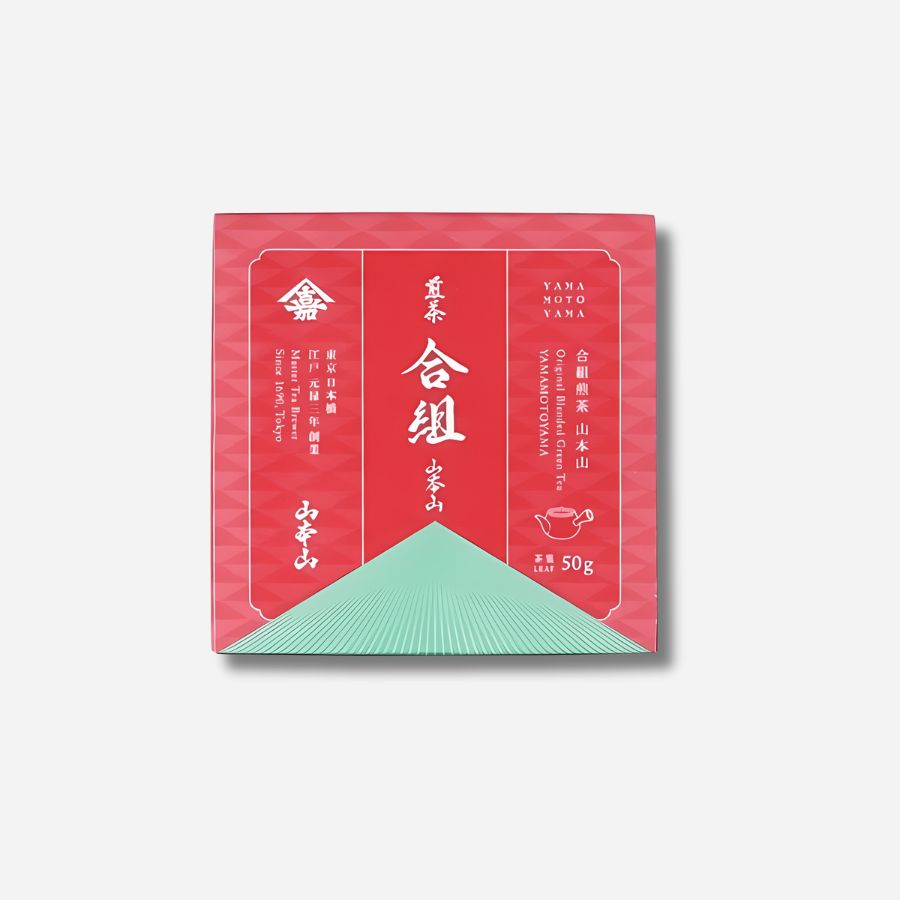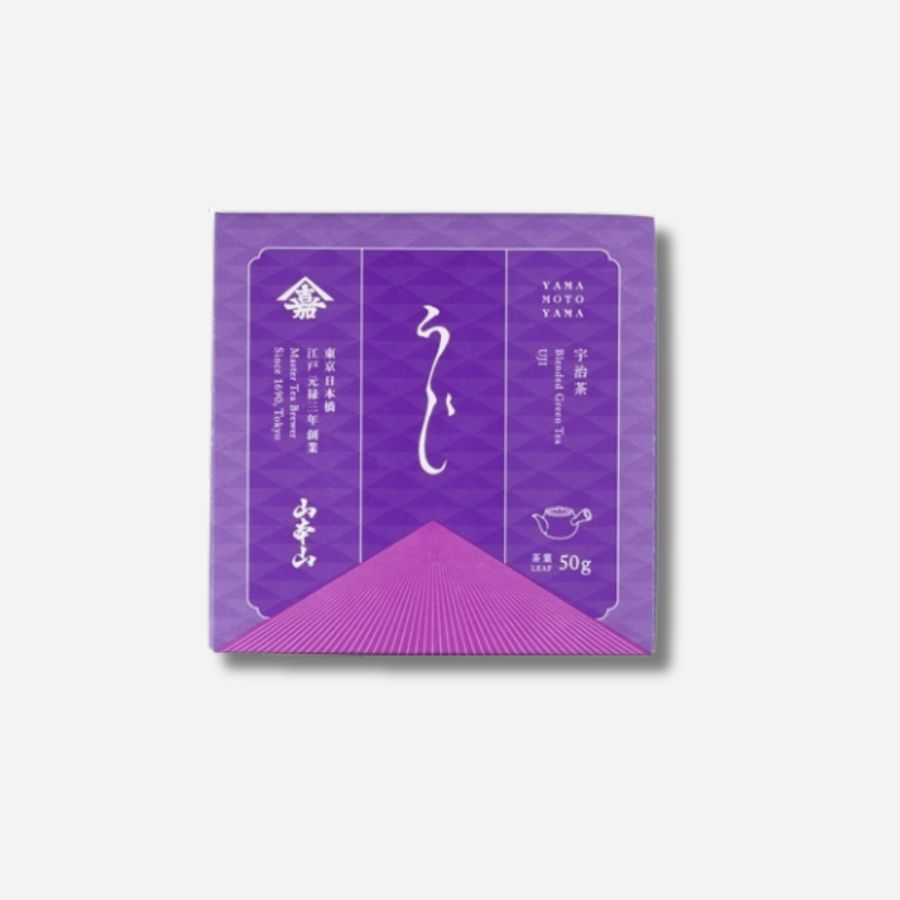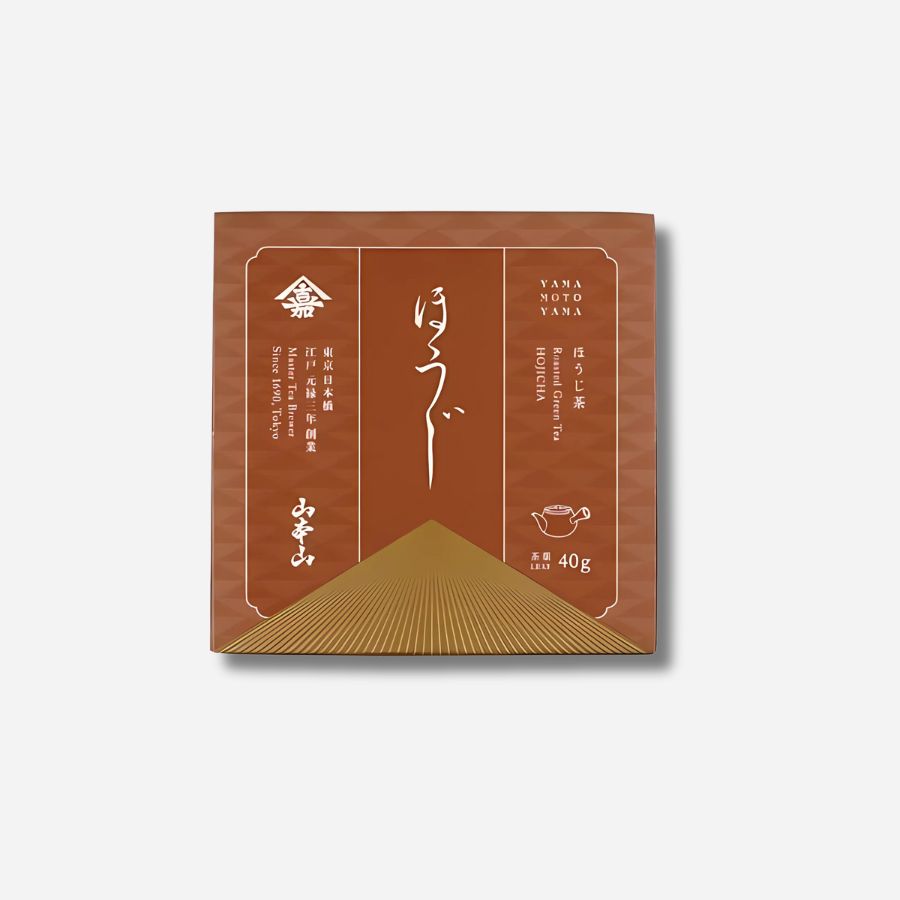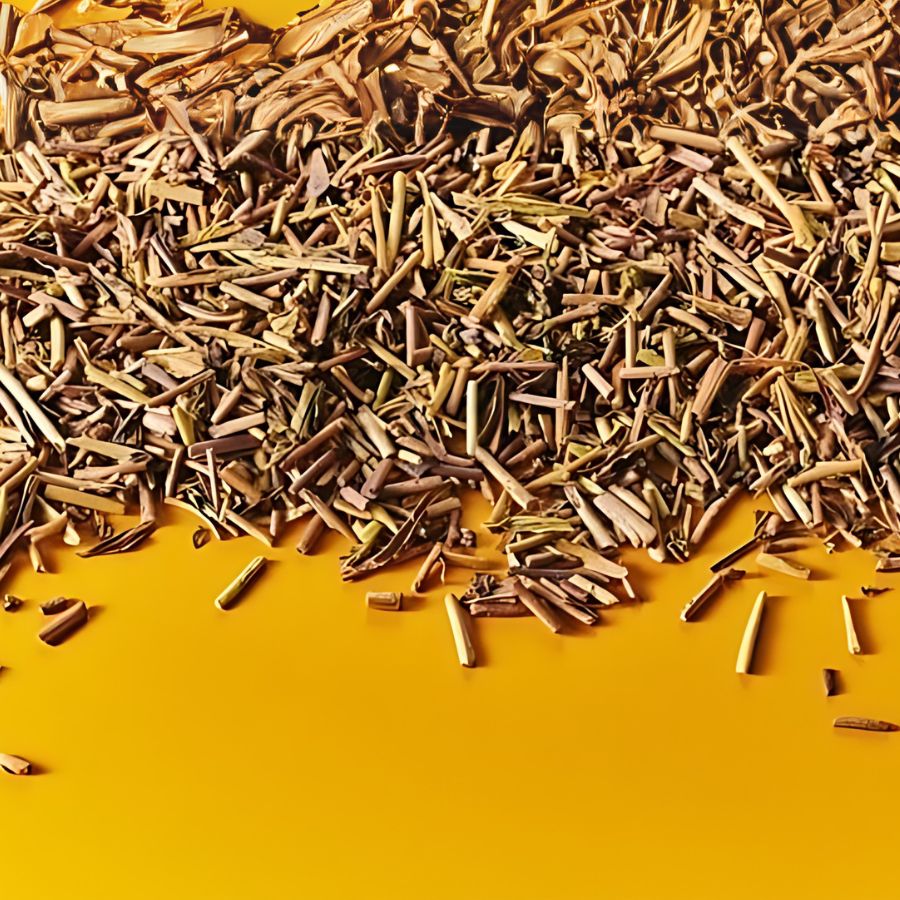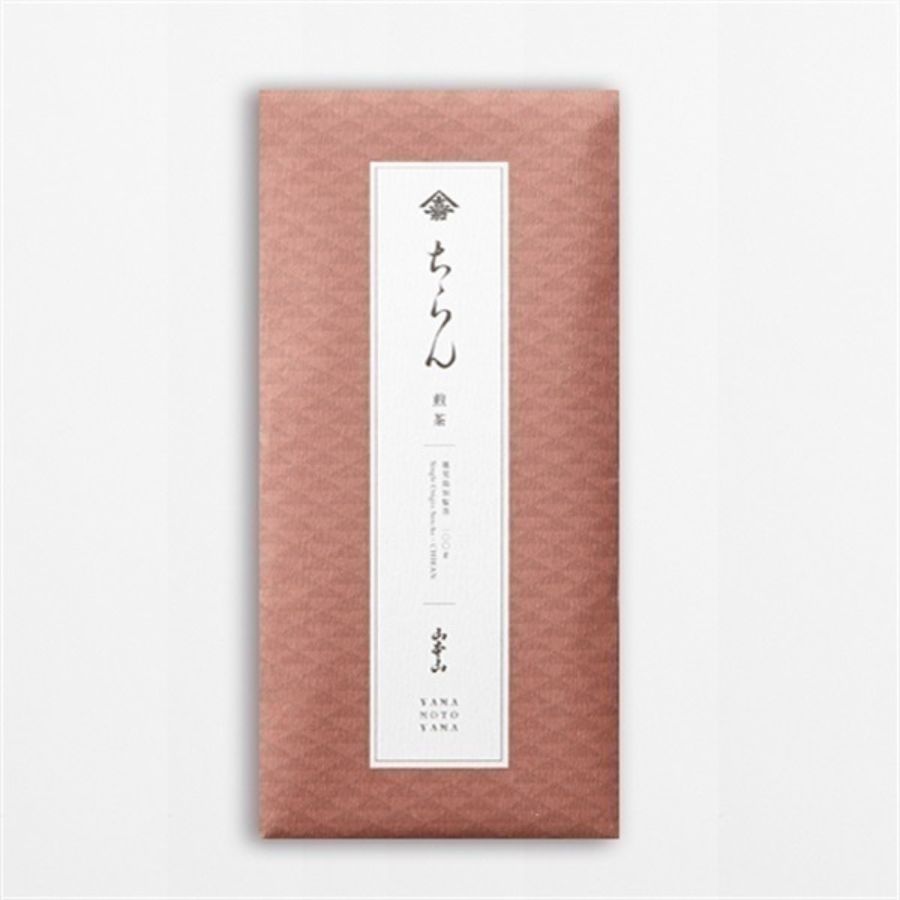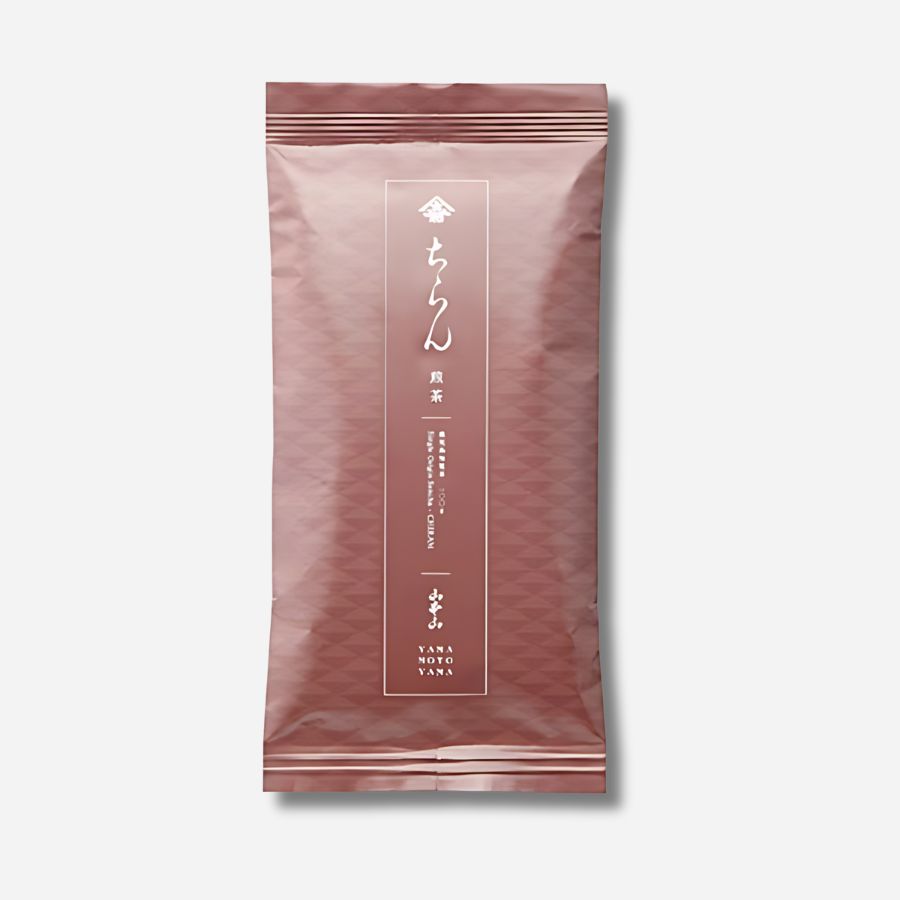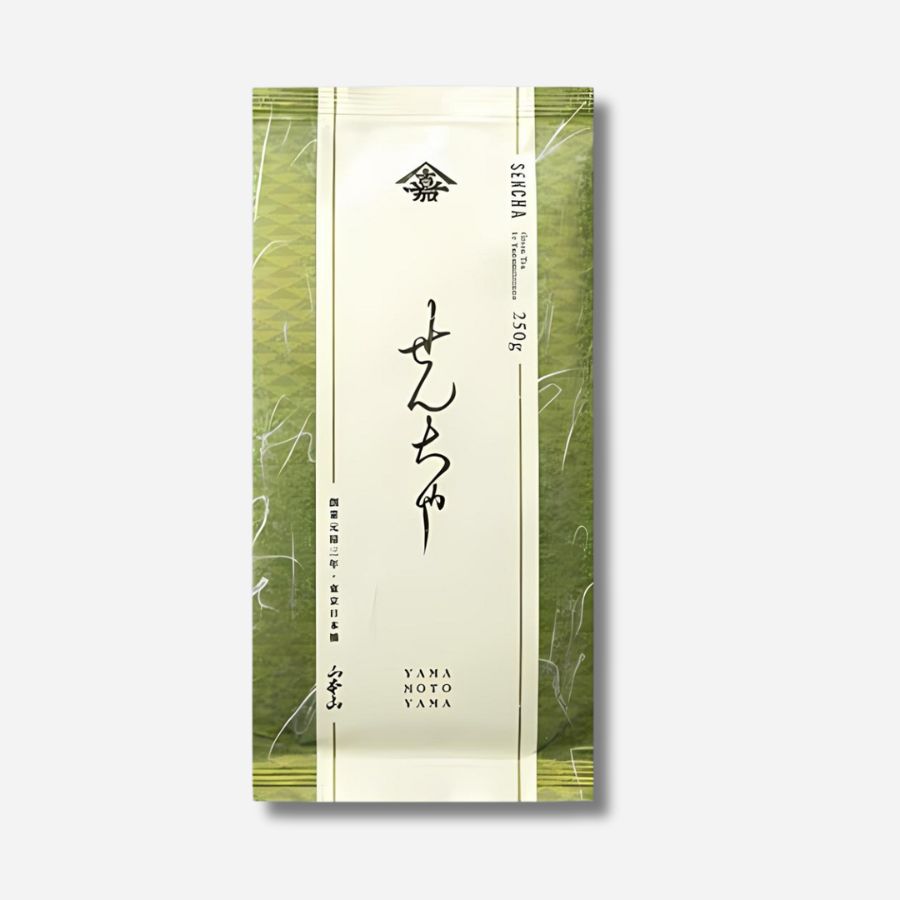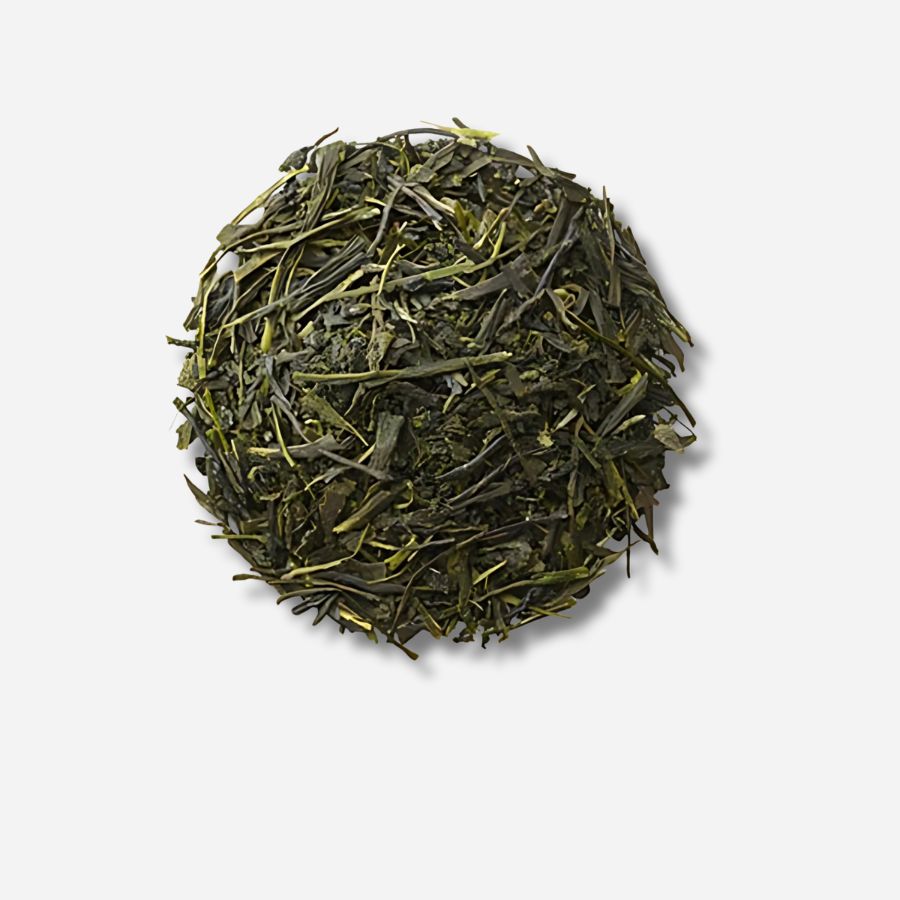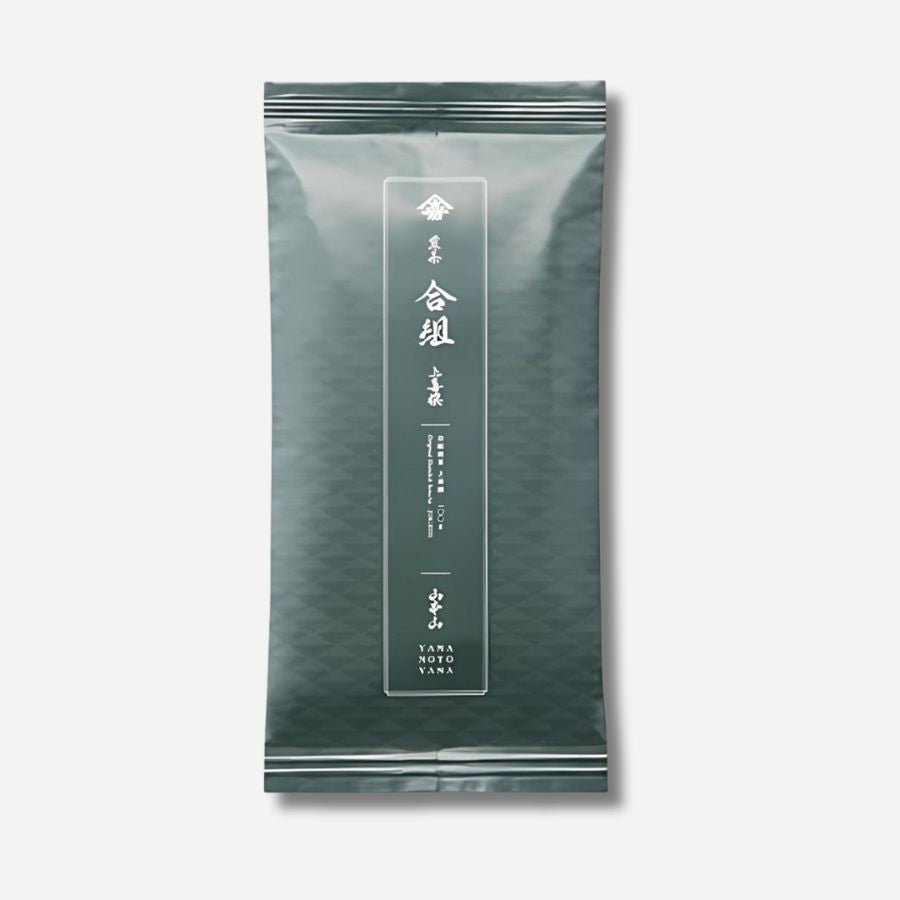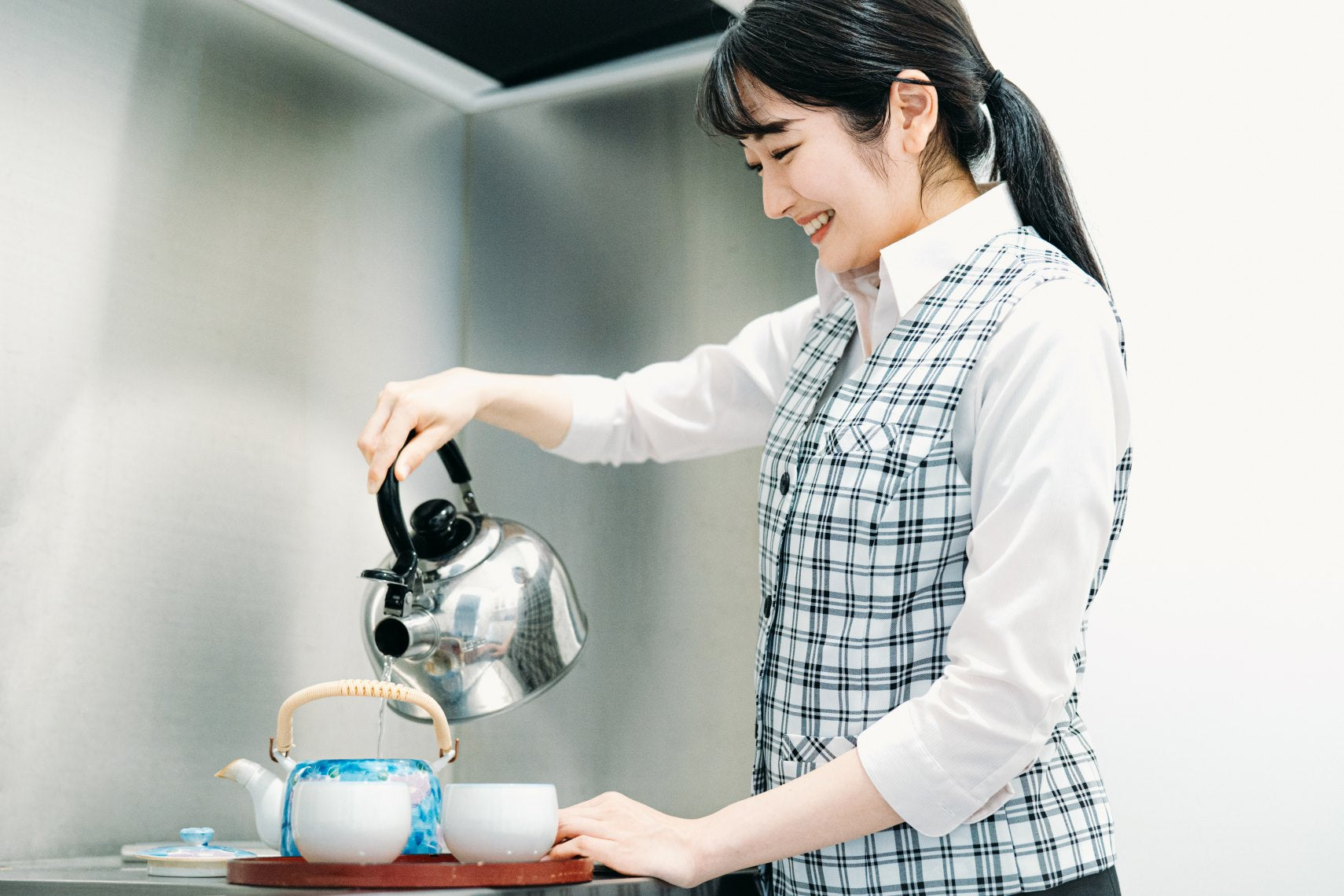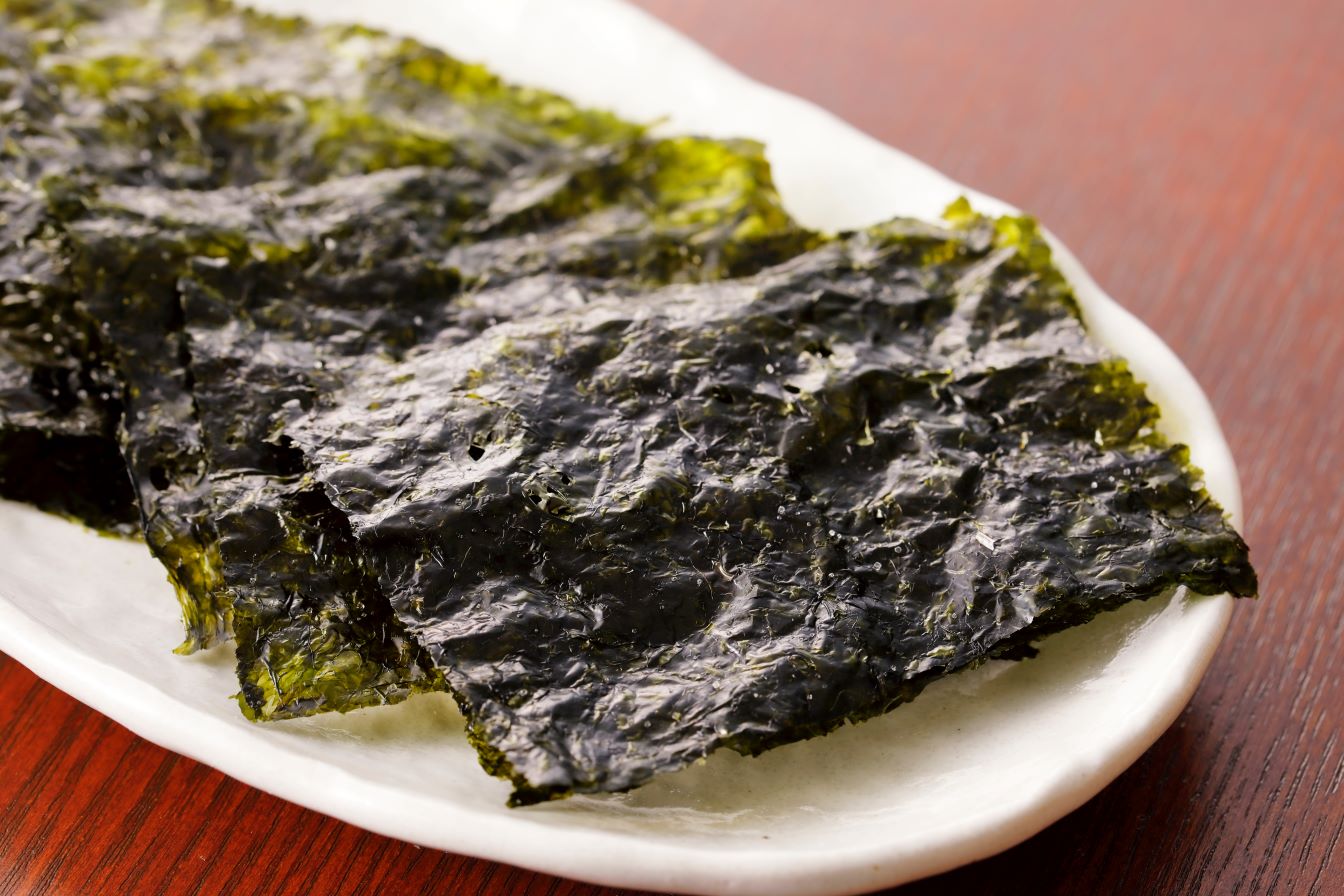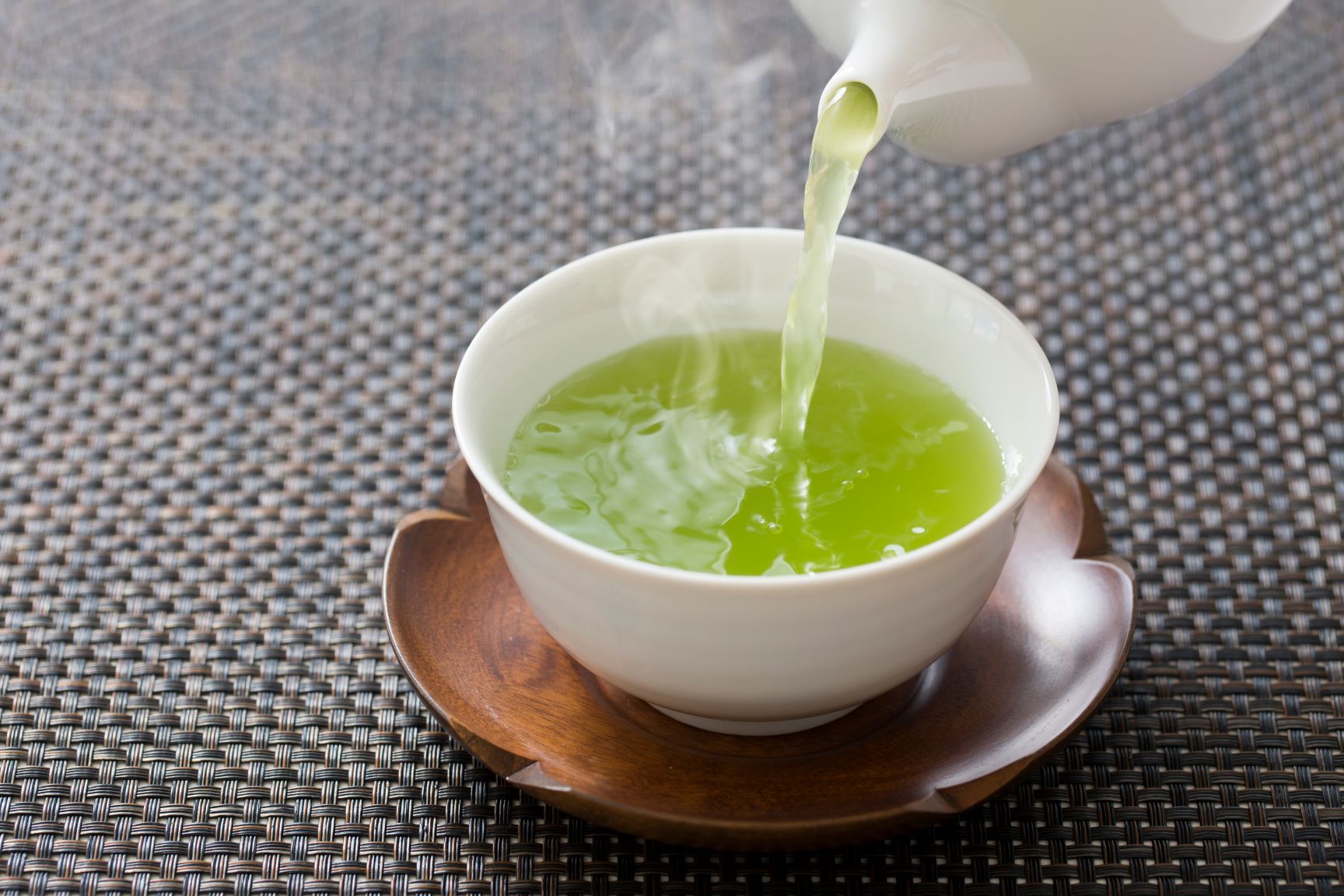
For beginners! Types of green tea and how to choose them [Explanation of all types]
Introduction
There are many types of green tea, such as Sencha, Gyokuro, and Matcha, and many people may have trouble deciding which one to choose. Each has its own characteristics and flavor.
This time, we will explain in detail the main types of green tea and their characteristics.

1. Regular Sencha
The new shoots are steamed, rolled, and dried.
This is the most popular Japanese tea, and the higher the quality, the more flavor and aroma it has. It has a refreshing aroma and a good balance of astringency and umami.
"Normal" means that the steaming time is standard (about 25-30 seconds) to stop the enzymes in the raw leaves after plucking. After steaming, the leaves are kneaded and dried for finishing.
Sencha currently accounts for 70% of the tea produced in Japan.
In the past, tea that was boiled and drunk was called "sencha," but after the uniquely Japanese "Aosei Sencha manufacturing method" was established during the Edo period, the term came to refer to tea made by a method in which the picked tea leaves are steamed and then dried while being rolled in several stages. Rolling breaks down the structure of the tea leaves, making it easier for the tea's ingredients to seep out, allowing you to enjoy its fresh color and aroma.

2. Deep-steamed Sencha
Deep-steamed sencha is made by steaming the tea leaves for a much longer time than regular sencha. While regular sencha is steamed for around 30 to 40 seconds, deep-steamed sencha is steamed for two to three times that time, or around 1 minute to 1 minute and a half.
This long steaming process makes the tea leaves very soft and finely crushed, the color of the tea is deep green, and the taste is mellow and rich with little bitterness or astringency.
The area around Makinohara in Shizuoka Prefecture is said to be the birthplace of deep-steamed sencha, and tea that is steamed for an especially long time is called "specially steamed tea" and is characterized by its richer flavor. Deep-steamed tea is loved by many people as a unique tea that is different from other sencha due to its unique manufacturing method.

Gyokuro
Gyokuro is a rare and valuable Japanese tea that is only grown in limited areas. It is made in a similar way to regular sencha, but it is significantly different in that it is grown using a special method called "cover cultivation," in which the entire tea field is covered to block out sunlight for about 20 days before the tea is picked.
This cover cultivation suppresses the photosynthesis of the tea leaves, enriches the tea with amino acids, reduces bitterness, and concentrates the flavor. It also produces a unique "covered aroma" reminiscent of green laver or seaweed, which gives off the refined aroma that is unique to Gyokuro. By blocking sunlight, the tea leaves grow soft and without losing their flavor components.
This special cultivation method allows Gyokuro to have a strong umami and sweetness that is not found in regular Sencha, as well as a mellow aroma called "mukimiko." By blocking sunlight, the umami compounds are prevented from turning into astringent compounds, and the leaves become soft.
Its elegant flavor is especially highly regarded among Japanese teas, and it is known as a high-quality tea that is often drunk at tea ceremonies and special occasions.
Steamed green tea
Steamed Tama Ryokucha is a type of green tea made by a method in which the raw leaves are sterilized by heating with high-temperature steam, then rolled into a ball or hemisphere and dried. Also known as Guri tea, it is characterized by the fact that the roasting process used in kettle-fried tea is replaced with a steaming process.
While teas like Sencha are steamed and then rolled to shape, Steamed Tamaryokucha is steamed and then processed in the same way as Kamairicha, so it is also called Steamed Green Tea because of its shape.
It has a stronger astringent taste than kamairicha, and is mainly produced in Shizuoka Prefecture and the Kyushu region.
Pan-fried green tea
Kamairicha is a type of green tea made by roasting fresh leaves in a high-temperature pot to inactivate the oxidizing enzymes. Unlike sencha, which is made by steaming, it is characterized by a fragrant "kettle aroma" that is created by roasting in a pot. This aroma is created when the enzymes in the fresh leaves are heated in the pot, and you can enjoy a different flavor from sencha.
The shape of the tea leaves is also unique, and because there is no shaping process like with Sencha, they are characterized by their magatama shape. This manufacturing method originated in Chinese tea and was introduced to Japan during the Edo period. Currently, it is mostly produced in the Kyushu region.
Compared to steamed sencha, kettle-fried tea has a lighter taste with less of a strong flavor. It is also rich in catechins, which are said to be good for your health.
Covered tea
Like Gyokuro, this tea is grown by covering the tea bushes to block out sunlight.
However, while gyokuro is covered for a long period of 20 days, kabusecha is only covered for a short period of about one week after the new shoots appear.As a result, it has characteristics somewhere between gyokuro and sencha, and has the refreshing aroma and astringency of sencha, as well as the umami of gyokuro.
The cultivation method is generally to cover each furrow, which differs from Gyokuro, which covers the entire tea field. Therefore, there are many similarities with the cultivation method for Sencha, and it can be brewed and enjoyed in the same way as Sencha.
Kabusecha is known to be mainly produced in Mie Prefecture and is popular in Western Japan. It is a tea with a deep flavor that combines the best of both Sencha and Gyokuro.

Tencha
Tencha is the tea that is used to make matcha. Like gyokuro, the tea leaves are grown covered, allowing them to retain a wealth of umami ingredients and bring out a soft, refined flavor.
The most distinctive feature of tencha is that the tea leaves are not rolled during the manufacturing process. While regular sencha tea leaves are rolled to shape them, tencha tea is steamed and then left to dry.
This makes it easier for the tea leaves to turn into powder, which is the perfect shape for matcha. By not rolling the leaves, the cells of the tea leaves are less likely to break down, and the umami components and nutrients are less likely to be lost.

Matcha
This finely powdered tea is made by carefully grinding unrolled dried tencha tea in a stone mill. It is mainly used in the tea ceremony.
Because the entire tea leaves are ground into powder, there is no tea waste and you can consume all of the nutritious ingredients, such as vitamin E and dietary fiber.
When you put it in your mouth, you can feel a mellow sweetness in the strong bitterness, and the elegant flavor spreads. By brewing it with a chasen, you can bring out the tea's original flavor to the fullest and enjoy its rich taste. It is widely used in the tea ceremony, sweets making and cooking, and is loved all over the world as a drink that represents Japanese culture.

Bancha tea
This tea is made from hardened new shoots and stems, and is made in the same way as sencha.
Specifically, the second or third harvest tea after the new buds are picked, or the leaves and stems cut off during the maintenance of tea fields in early winter or early spring, are used. Large, hard leaves selected during the Sencha manufacturing process can also be used as ingredients for Bancha.
The definition of bancha varies depending on the region and place of production, so it is difficult to generalize. Generally, autumn tea harvested after the first and second teas is called bancha, while hard leaves selected from the raw materials for sencha are also sold as bancha.
Bancha tea does not have the refined flavor of Ichibancha tea, but instead contains a lot of catechins, which are expected to have health benefits. In particular, the later the tea is picked, the higher the catechin content, so it is gaining popularity among health-conscious people.

Hojicha
Hojicha is made by slowly roasting green tea such as sencha or kukicha over a strong flame. By roasting at a high temperature, the bitterness and astringency characteristic of green tea are softened and instead a fragrant aroma is brought out. The caffeine content is also greatly reduced, so it can be safely consumed by children and those who are concerned about caffeine.
Another feature is that it is gentle on the stomach. Its light flavor is perfect for relaxing after a meal or before bed. Blending it with kukicha tea in particular adds a mellow sweetness, making it even easier to drink.

Brown rice tea
Genmaicha is a type of green tea made by mixing about 50% of roasted dried rice with green tea such as sencha or bancha. It is common to use white rice or glutinous rice, rather than brown rice, which is where the name comes from.
It has a fragrant aroma similar to that of roasted green tea, and is one of the most familiar flavors among Japanese teas. In recent years, it has become increasingly popular among young people, and genmaicha made with high-quality gyokuro tea has also appeared.
By adjusting the ratio of brown rice to tea, you can enjoy different flavors, and its refreshing yet fragrant flavor is loved not only in Japan but around the world.
Stem tea
Kukicha is a tea made from the stems that are removed when processing tea leaves such as Sencha and Gyokuro. Commonly known as "bocha," it has a whitish appearance.
The tea removed during the manufacturing process is called "demono" (leftover tea), and kukicha is one of them. Kukicha is characterized by a refreshing taste with little bitterness or astringency, and "Karigane" made from the stems of gyokuro is known as a luxury product. Kukicha contains leaves other than the stems, but you can enjoy a youthful, refreshing aroma.

barley tea
Mugicha, which is enjoyed by many people not only on hot days but also as a daily drink to hydrate, is made by boiling or infusing roasted barley. It has a fragrant barley aroma and is especially popular in the summer.
This is because barley is harvested in early summer, and this is the time when new barley tea is most delicious. Various types of barley are used, such as six-row barley and two-row barley, but what they all have in common is that they do not contain caffeine or tannins, so they can be enjoyed safely by people of all ages. It is also recommended to drink it warm in the winter.
Bud tea
Bud tea is made from the young buds and tips of tea leaves. It is made by carefully collecting the small pieces of leaves that are produced when processing tea leaves.
The small buds in the middle of growing contain more umami than regular tea leaves, and you can enjoy a rich taste and aroma. The more rounded the buds are, the more umami they have and the higher the quality they are.
In the Kansai region, bud tea made from gyokuro is called "jin" and is highly valued. Bud tea is a by-product of the process of making sencha and gyokuro, but its deep flavor is loved by many tea lovers.
Powdered tea
This tea is made from the small pieces of leaves and stems that are generated during the process of making sencha. Like kukicha and budcha, it is one of the types of tea that are generated during the tea manufacturing process and are called "demono". Because it is generated during the manufacturing process, it can be enjoyed at a more affordable price than regular sencha.
It is characterized by its simplicity, as you can bring out the rich flavor of the tea leaves in a teapot, simply by pouring in hot water for 10 to 20 seconds. It has a sharp bitterness and is also known as the nobori tea served in sushi restaurants.
It is also widely used as an ingredient in tea bags. With a refreshing aftertaste, it does not interfere with meals and can be easily paired with a wide variety of dishes.


